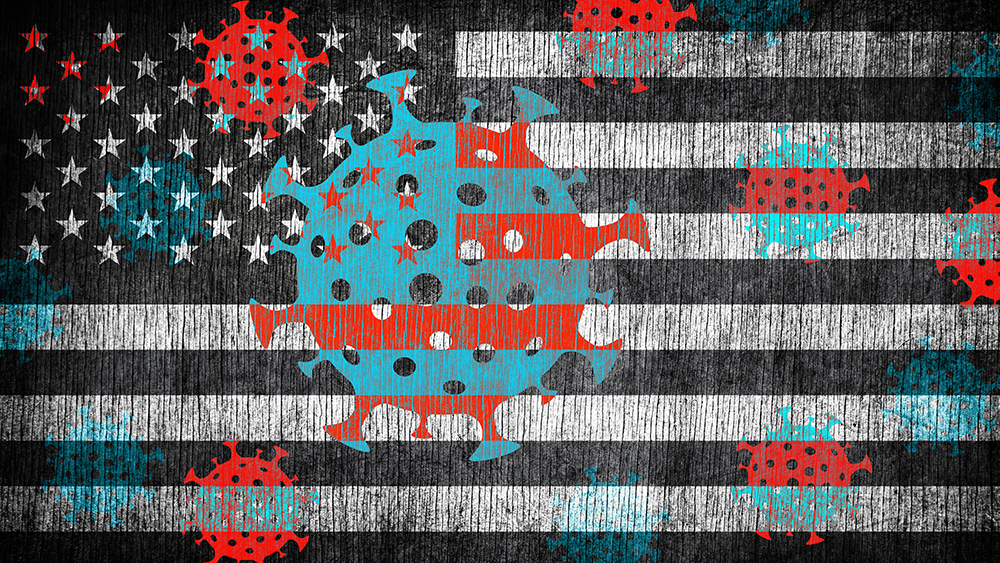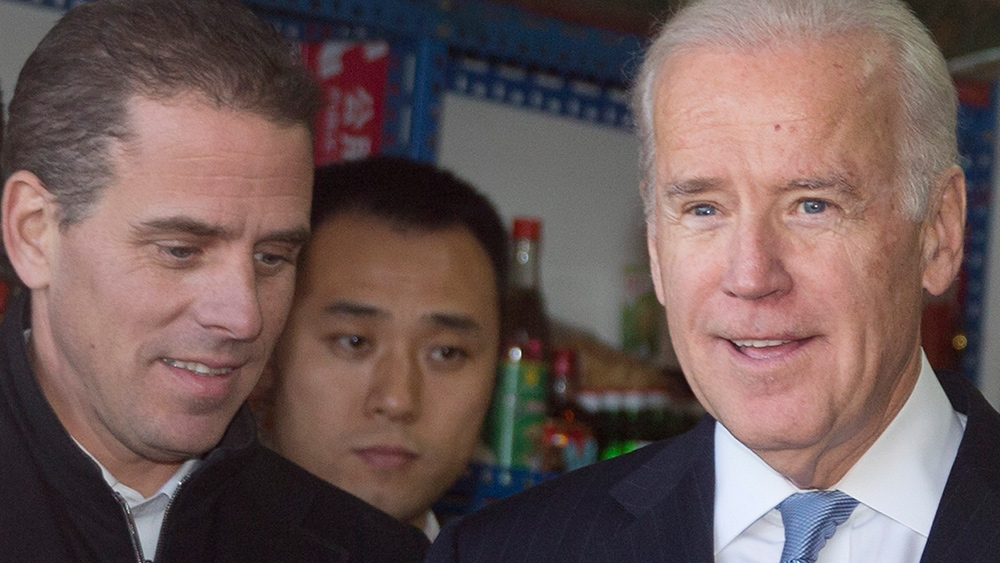China’s Caribbean dealings could lead to military presence in the region
12/22/2020 / By Franz Walker

The Chinese Communist Party (CCP) looks to be implementing a multidimensional strategy in the Caribbean that may have the ultimate objective of building military bases in the region. The situation looks to be analogous to what China has done in the South China Sea, where the People’s Liberation Army built new islands and militarized them, despite promises not to do so.
In an op-ed in the Gatestone Institute, Lawrence A. Franklin warns against the dangers of China’s increased investment in the region both economically and militarily.
“Belt and Road” initiative a debt trap for Caribbean nations
The CCP is investing heavily into the establishment of a Caribbean Belt and Road Sector as a way to make inroads into the region. This includes construction projects such as the modernization of airports and seaports.
But the op-ed points out that these efforts also create an opportunity for China to suborn the sovereignty of countries in the Caribbean by luring them into a debt trap, making them economically dependent on China.
This has already happened in countries in Asia. In Sri Lanka, the country’s inability to pay back its Chinese creditors for Beijing’s modernization of the port of Hambantota has resulted in the South Asian country losing the port to China. The deal which the Sri Lankan government entered into with China handed over the port and 15,000 acres around it to the latter for 99 years.
In the Caribbean, this “debt trap” strategy may prove even more dangerous as some of the countries China is investing in include those with anti-American governments, such as Venezuela and Cuba – countries that may be more willing to go along with China’s ambitions if it means hurting the U.S.’s standing in the region.
Other countries that have received Chinese investment include Jamaica and the Bahamas, where China is involved in seaport projects. In addition, China is also involved in the modernization of Guyana’s Cheddi Jagan international airport, which was once the site of U.S. military operations during World War II. With a 10,000 foot long runway, Cheddi Jagan can easily host Chinese military aircraft.
In addition to its “Belt and Road” initiative in the region, China’s Caribbean offensive also includes a “medical diplomacy” initiative providing Latin America, especially the regions island nations, with medical equipment such as face masks, personal protective gowns, gloves, ventilators, ambulances and even medicines.
In May, China convened a video-link conference on the Wuhan coronavirus (COVID-19) at the vice-ministerial level with nine Caribbean countries: Antigua, Barbados, the Bahamas, Dominica, Granada, Guyana, Suriname, and Trinidad and Tobago.
China has been using its role as the world leader in the production of pharmaceutical and medical devices to garner goodwill in the middle of the COVID-19 pandemic, sending these supplies out to countries around the world. In the Caribbean, China has already delivered 30,000 virus test kits to Jamaica, 100,000 protective masks to Cuba and around 100 ventilators to the Dominican Republic. In addition, it has also built hospitals in Dominica, St. Kitts, Jamaica, Barbados and Trinidad.
China also projecting “soft power” through diplomacy and “education”
The CCP is also employing “soft power” through the propagation of anti-U.S. diplomacy through both its regional ambassadors as well as the establishment of “Confucius Institutes.” The latter are public educational partnerships between colleges and universities in China and other countries, including the Caribbean.
China has established 10 of these Confucius Institutes in the region, in Antigua and Barbuda, Suriname, the Bahamas, Barbados, Cuba, Guyana, Jamaica, Trinidad and Tobago, and Venezuela. These institutes propagate the same pro-CCP and anti-Taiwan line. In addition, the Confucius Institute in Suriname – which is home to one of the largest populations of overseas Chinese of any country in the Caribbean – is also suspected of recruiting agents for the CCP.
This “soft power” has already resulted in the Dominican Republic revoking its diplomatic ties to Taiwan, most likely to take advantage of any perceived economic opportunities relations with China might bring.
China possible looking to establish military presence in the Caribbean
One possible endgame for China in the region would be to establish a permanent military presence, similar to what it’s done in the South China Sea. The country has already made some inroads to this end, giving aid to various militaries in the region.
China’s People’s Liberation Army Air Force has already donated Chinese Y-12 transport aircraft to Guyana. In addition, the PLA continues to give military aid to countries like Jamaica. Meanwhile, Chinese-produced police cars have been imported to Guyana and motorcycles to police forces in Trinidad and Tobago.
On top of all this, military officers from just about every country in the region continue to receive training at Chinese military academies.
All this aid could pave the way for China to build bases in the region. It already has done as much in a much more hostile political climate in the South China Sea, where it has built bases on the Paracel Islands, which are claimed by Vietnam, and the Spratly Islands which are claimed by a host of countries including the Philippines, Malaysia and others.
A buildup of Chinese forces in the Caribbean could also play into the tensions in the Western Pacific Ocean and the South China Sea, where the U.S. maintains a considerable military presence, routinely conducting freedom of navigation operations in waters China is trying to claim as its own. (Related: US has been quietly building up military resources and firepower on a remote Pacific outpost in unmistakable signal to China.)
Experts warn that, should China establish a beachhead in the Caribbean, the U.S. could face a repeat of the 1982 Cuban missile crisis. Back then, the Soviet Union used missiles in Cuba to get the U.S. to withdraw its own missiles stationed in Turkey. In this new scenario, China could demand that the U.S. reduce its considerable military presence in the Western Pacific Ocean in exchange for a reduction of PLA military assets in the Caribbean.
With this, Franklin says that the U.S. needs to address China’s expansion in the Caribbean, saying that the former can “ill afford any Chinese drive to place under threat any Western Hemisphere country, much less the United States.”
Follow CommunistChina.news for the latest on China’s aggressive expansion into the Americas.
Sources include:
Tagged Under: belt and road, Caribbean, China, invasion, investment, Latin America, military, national security, threat, U.S.
RECENT NEWS & ARTICLES
COPYRIGHT © 2017 WEAPONSTECHNOLOGY.NEWS




















